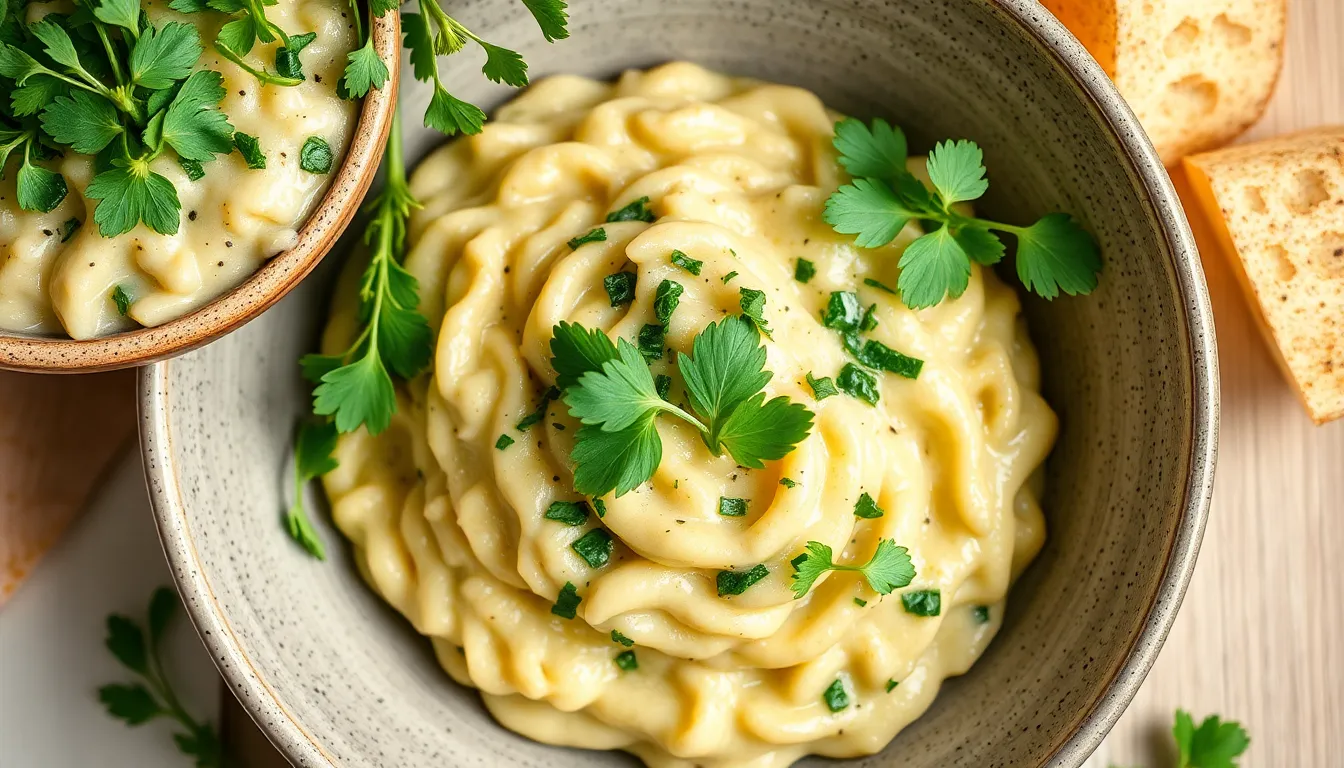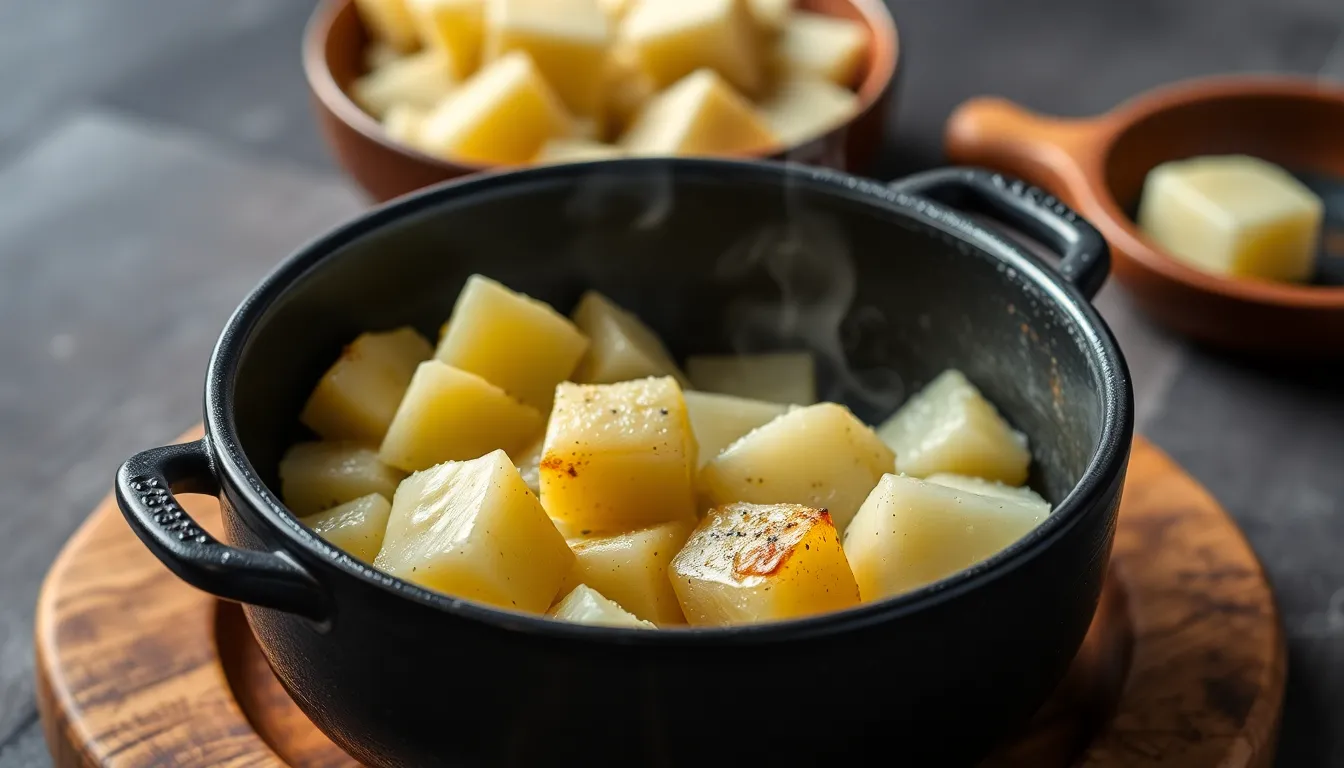From Almonds to Walnuts: The Best Nuts for Your Recipes
Introduction
Nuts have been a staple in kitchens around the world for centuries, not just for their delightful crunch and diverse flavors, but also for their incredible nutritional benefits. Whether you’re enjoying a handful of roasted almonds as a snack or sprinkling chopped walnuts over a vibrant salad, incorporating nuts into your diet can elevate your meals and boost your health.
The variety of nuts available is astounding, each offering a unique texture and flavor profile that can enhance both sweet and savory dishes. From the creamy richness of cashews to the earthy notes of walnuts, the potential for culinary creativity is endless. In this article, we will explore the nutritional benefits of nuts, popular types, their uses in cooking, and tips for incorporating them into your meals.
Section 1: The Nutritional Benefits of Nuts
Nuts are not only delicious but also packed with health benefits. Here are some of the general advantages of including nuts in your diet:
- High in healthy fats: Nuts are rich in unsaturated fats, which are beneficial for heart health.
- Source of protein and fiber: They provide a good amount of protein and dietary fiber, helping to keep you satisfied and energized.
- Rich in vitamins and minerals: Nuts are loaded with essential nutrients, including vitamin E, magnesium, and selenium.
Specific nuts also offer unique benefits:
- Almonds: High in vitamin E, an antioxidant that helps protect cells.
- Walnuts: A great source of omega-3 fatty acids, promoting heart health.
- Pistachios: Contains potassium, which is essential for maintaining a healthy blood pressure.
Section 2: Popular Nuts and Their Uses
When it comes to cooking, some nuts stand out for their versatility and widespread use. Below is a comparison of various popular nuts:
| Nut Type | Flavor Profile | Best Uses | Nutritional Highlights |
|---|---|---|---|
| Almonds | Mild, slightly sweet | Baking, salads, snacks | Vitamin E, magnesium |
| Walnuts | Earthy, slightly bitter | Baking, cooking, salads | Omega-3 fatty acids, antioxidants |
| Pecans | Buttery, sweet | Desserts, salads, toppings | Fiber, manganese |
| Cashews | Creamy, slightly sweet | Stir-fries, sauces, snacks | Iron, zinc |
| Hazelnuts | Rich, sweet | Baking, spreads, coffee | Vitamin E, heart-healthy fats |
| Pistachios | Nutty, slightly sweet | Salads, desserts, snacks | Protein, potassium |
Section 3: Choosing the Right Nut for Your Recipe
Selecting the right nut can dramatically influence the flavor and texture of your dish. Here are some tips to help you make the best choice:
- Consider the flavor: Match the nut’s flavor profile with the other ingredients in your dish. For example, hazelnuts pair wonderfully with chocolate.
- Texture matters: Think about the texture you want to achieve. Crunchy nuts like almonds can add a delightful contrast to creamy dishes.
- Substitutions: If you’re out of a specific nut, consider substituting with another that has a similar flavor. For instance, walnuts and pecans can often be interchanged.
- Allergies: Always consider dietary restrictions. If someone has a nut allergy, opt for seeds like sunflower or pumpkin seeds as substitutes.
Section 4: Creative Ways to Incorporate Nuts into Your Cooking
Nuts can be seamlessly integrated into various meals throughout the day. Here are some creative ideas:
Breakfast
- Nut butter: Spread almond or cashew butter on whole-grain toast.
- Granola: Add chopped nuts to your homemade granola for extra crunch.
- Oatmeal toppings: Sprinkle walnuts or pecans on your morning oatmeal.
Lunch
- Salads: Toss in sliced almonds or crumbled feta for added texture.
- Nut-based dressings: Create a creamy dressing using blended cashews.
Dinner
- Stir-fries: Add cashews for a delightful crunch to your vegetable stir-fry.
- Crusted meats: Use crushed nuts like almonds to create a flavorful crust on chicken or fish.
- Vegetable dishes: Incorporate toasted pine nuts in roasted vegetable dishes.
Snacks
- Trail mix: Combine various nuts with dried fruits for a healthy snack.
- Nut bars: Make energy bars using dates and a mix of your favorite nuts.
- Roasted nuts: Season and roast nuts for a crunchy, savory snack.
In addition to these ideas, consider pairing nuts with spices, fruits, and other ingredients to enhance their flavor:
- Spices: Cinnamon and nutmeg can elevate the sweetness of nuts in desserts.
- Fruits: Dried cranberries or apricots can complement nuts in salads or trail mixes.
- Cheese: Nuts and cheese, such as feta or goat cheese, create a delicious contrast in salads.
Section 5: Storing Nuts for Freshness
To maintain the freshness and flavor of your nuts, proper storage is essential:
- Airtight containers: Store nuts in airtight containers to keep out moisture and air.
- Refrigeration: For longer shelf life, consider refrigerating or freezing nuts, especially for those with natural oils.
The shelf life of nuts can vary, but here are some general guidelines:
- Raw nuts: Typically last 6 months to 1 year when stored properly.
- Roasted nuts: Generally have a shorter shelf life, around 3 to 6 months.
To tell if nuts have gone bad, check for:
- Odor: Rancid nuts emit a strong, unpleasant smell.
- Appearance: Look for discoloration or mold.
- Taste: If they taste sour or bitter, it’s best to discard them.
Conclusion
Nuts are not only versatile in their culinary applications but also serve as a powerhouse of nutrition. They enhance the flavors and textures of meals while providing numerous health benefits. With such a wide array of nuts available, there’s no shortage of opportunities to experiment with different varieties in your cooking.
We encourage you to explore the world of nuts and incorporate them into your recipes. Share your favorite nut-based recipes in the comments below, and let’s inspire each other to get creative in the kitchen!
Call to Action
For more delicious recipes and cooking tips, be sure to subscribe to our blog! Don’t forget to share this article on social media to help others discover the incredible versatility of nuts in cooking.




